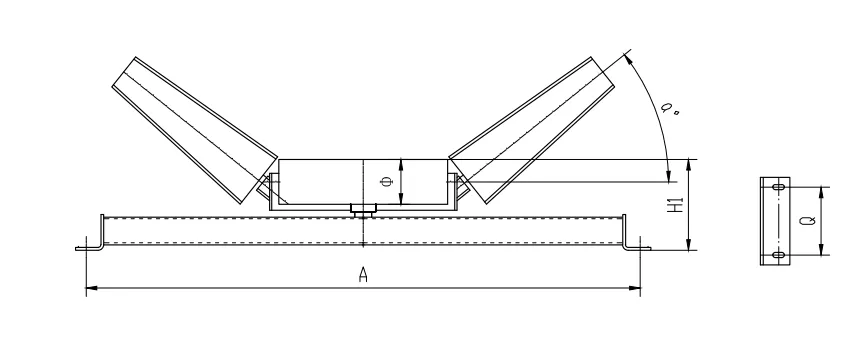 Afrikaans
Afrikaans  Albanian
Albanian  Amharic
Amharic  Arabic
Arabic  Armenian
Armenian  Azerbaijani
Azerbaijani  Basque
Basque  Belarusian
Belarusian  Bengali
Bengali  Bosnian
Bosnian  Bulgarian
Bulgarian  Catalan
Catalan  Cebuano
Cebuano  Corsican
Corsican  Croatian
Croatian  Czech
Czech  Danish
Danish  Dutch
Dutch  English
English  Esperanto
Esperanto  Estonian
Estonian  Finnish
Finnish  French
French  Frisian
Frisian  Galician
Galician  Georgian
Georgian  German
German  Greek
Greek  Gujarati
Gujarati  Haitian Creole
Haitian Creole  hausa
hausa  hawaiian
hawaiian  Hebrew
Hebrew  Hindi
Hindi  Miao
Miao  Hungarian
Hungarian  Icelandic
Icelandic  igbo
igbo  Indonesian
Indonesian  irish
irish  Italian
Italian  Japanese
Japanese  Javanese
Javanese  Kannada
Kannada  kazakh
kazakh  Khmer
Khmer  Rwandese
Rwandese  Korean
Korean  Kurdish
Kurdish  Kyrgyz
Kyrgyz  Lao
Lao  Latin
Latin  Latvian
Latvian  Lithuanian
Lithuanian  Luxembourgish
Luxembourgish  Macedonian
Macedonian  Malgashi
Malgashi  Malay
Malay  Malayalam
Malayalam  Maltese
Maltese  Maori
Maori  Marathi
Marathi  Mongolian
Mongolian  Myanmar
Myanmar  Nepali
Nepali  Norwegian
Norwegian  Norwegian
Norwegian  Occitan
Occitan  Pashto
Pashto  Persian
Persian  Polish
Polish  Portuguese
Portuguese  Punjabi
Punjabi  Romanian
Romanian  Russian
Russian  Samoan
Samoan  Scottish Gaelic
Scottish Gaelic  Serbian
Serbian  Sesotho
Sesotho  Shona
Shona  Sindhi
Sindhi  Sinhala
Sinhala  Slovak
Slovak  Slovenian
Slovenian  Somali
Somali  Spanish
Spanish  Sundanese
Sundanese  Swahili
Swahili  Swedish
Swedish  Tagalog
Tagalog  Tajik
Tajik  Tamil
Tamil  Tatar
Tatar  Telugu
Telugu  Thai
Thai  Turkish
Turkish  Turkmen
Turkmen  Ukrainian
Ukrainian  Urdu
Urdu  Uighur
Uighur  Uzbek
Uzbek  Vietnamese
Vietnamese  Welsh
Welsh  Bantu
Bantu  Yiddish
Yiddish  Yoruba
Yoruba  Zulu
Zulu Optimal Design for Conveyor Return Idlers Efficiency and Performance Improvement
The Importance of Conveyor Return Idlers in Material Handling Systems
Conveyor systems are an integral part of modern material handling processes across various industries, such as manufacturing, mining, and logistics. These systems are designed to transport materials efficiently and reliably. One critical component of conveyor systems that often goes overlooked is the conveyor return idler. Understanding the role and significance of return idlers can enhance operational efficiency and extend the lifespan of conveyor belts.
Conveyor return idlers are utilized in the lower section of the conveyor belt, where the belt returns to the head section after delivering the material to its destination. Their primary purpose is to support the returning section of the belt, ensuring that it remains properly aligned and reduces wear and tear on the belt itself. By providing stable support, return idlers help maintain a smooth operation within the conveyor system.
Key Functions and Benefits of Return Idlers
1. Support and Stability One of the main functions of return idlers is to provide structural support for the conveyor belt as it returns. Proper alignment is crucial for preventing misalignment, which can lead to significant operational issues, including belt damage, increased energy consumption, and potential downtime. A well-designed idler will help keep the belt straight and stable, ensuring operational efficiency.
2. Reducing Friction Return idlers also play a vital role in minimizing friction between the belt and the support system. By using high-quality materials and appropriate designs, idlers can reduce the resistance that the belt encounters as it operates. This friction reduction not only minimizes energy consumption but also decreases the overall wear and tear on both the belt and the idlers themselves.
conveyor return idlers

3. Enhancing Longevity The durability of return idlers significantly influences the lifespan of the entire conveyor system. High-quality return idlers designed to withstand harsh working conditions can help reduce the frequency of replacements and maintenance. This longevity translates to lower operational costs and improved productivity.
4. Noise Reduction Well-designed conveyor return idlers also contribute to a quieter operation. Excess noise in conveyor systems can be indicative of issues, including misalignment or excessive wear. Return idlers that operate smoothly can help mitigate these problems, creating a more pleasant working environment.
5. Adaptability and Customization Different materials and applications may require specific types of return idlers. Manufacturers offer a range of designs, including flat, rubberized, and belt support idlers, allowing companies to choose idlers that best fit their needs. Customization ensures that the return idlers are well-suited for the specific material being transported and the operational conditions of the site.
Conclusion
In summary, conveyor return idlers play a fundamental role in the efficiency and reliability of conveyor systems. Their ability to provide support, reduce friction, enhance longevity, minimize noise, and adapt to specific needs makes them a crucial component in material handling applications. Investing in high-quality return idlers can lead to significant long-term benefits, including reduced maintenance costs, increased operational efficiency, and improved worker safety. As industries continue to evolve and demand for efficient material handling solutions grows, the importance of properly designed and maintained conveyor return idlers will become increasingly evident, underscoring their essential role in successful logistics and operations.
-
Revolutionizing Conveyor Reliability with Advanced Rubber Lagging PulleysNewsJul.22,2025
-
Powering Precision and Durability with Expert Manufacturers of Conveyor ComponentsNewsJul.22,2025
-
Optimizing Conveyor Systems with Advanced Conveyor AccessoriesNewsJul.22,2025
-
Maximize Conveyor Efficiency with Quality Conveyor Idler PulleysNewsJul.22,2025
-
Future-Proof Your Conveyor System with High-Performance Polyurethane RollerNewsJul.22,2025
-
Driving Efficiency Forward with Quality Idlers and RollersNewsJul.22,2025





























